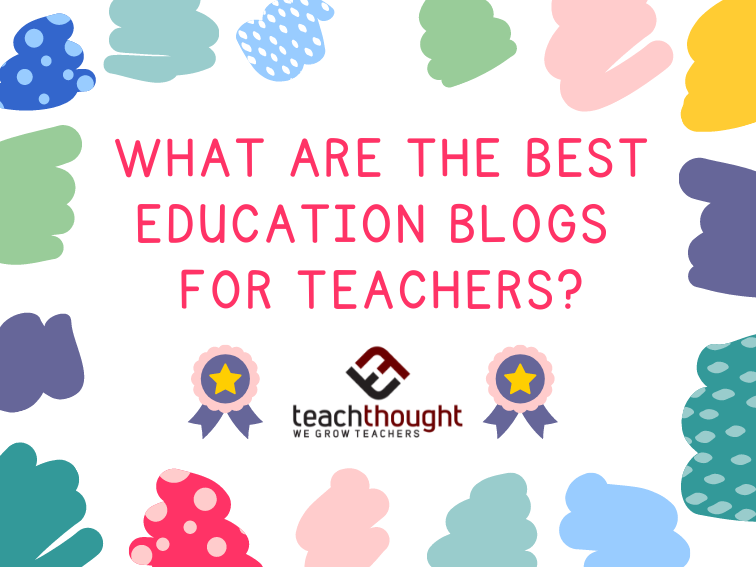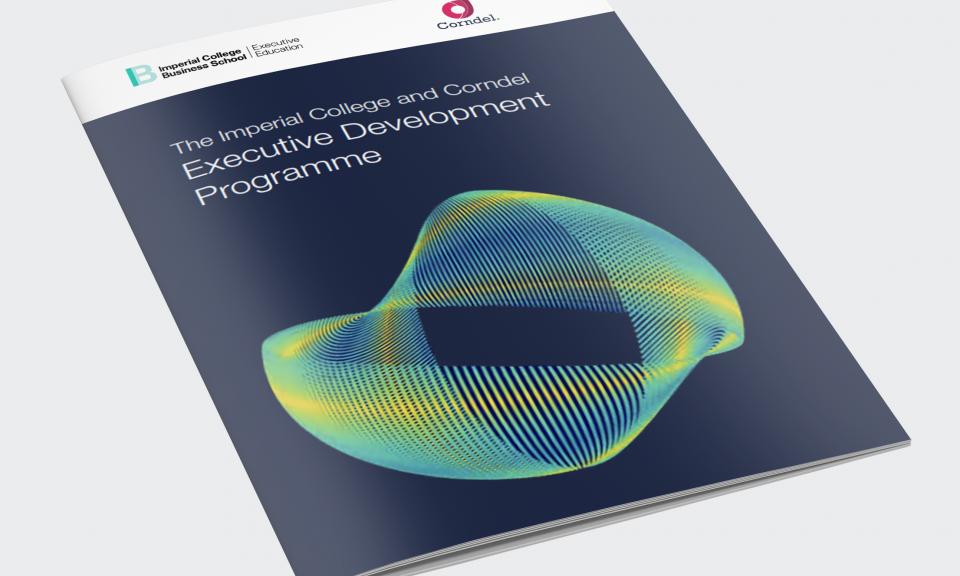
President Donald Trump speaks to the “Rx Drug Abuse and Heroin Summit,” Wednesday, April 24, 2019, in Atlanta. (AP Photo/Evan Vucci)
ASSOCIATED PRESS
Tim Carney begins his fascinating and challenging book Alienated America with Donald Trump’s campaign-launch pronouncement that, “Sadly, the American Dream is dead.”
Carney marshals a wealth of evidence, both systematic and impressionistic, that confirms that for many Americans, this is unfortunately true. But why? “I think the answer is this,” he writes, “strong communities have crumbled, and much of America has been left abandoned, without the web of human connections and institutions that make the good life possible.”
There is no simple explanation for this phenomenon. Yes, economics plays a role, as the tumult of globalized capitalism churns through outdated factories and labor models and the towns that sprung up around them. Yes, religion, or the lack thereof, plays a role, as fewer and fewer people find themselves connected to the institutions that formerly formed the building blocks of communities. Yes, culture plays a role as well, as individualism supersedes communitarian spirit and as family formation becomes a “nice to have” instead of being understood as the foundation upon which the rest of society is built.
This alienation has a real human toll. The literature on “deaths of despair” shows the tens of thousands of people each year who are drinking themselves to death, overdosing on drugs, or killing themselves. People with webs of familial and community support are far less likely to fall victim to such despair.
This alienation also leads to a nasty, divisive, and potentially dangerous politics. When you’re not connected to communities or institutions, you don’t really care what happens to them. When your neighbors or fellow citizens are simply abstractions to you because you never meaningfully interact with them in the real world, you don’t care what happens to them either. Unmoored people desperate for meaning are more likely to support demagogues.
So what can educators and education policymakers do about it?
First, we can help poor families gain access to schools with deep wells of social capital. The OECD defines social capital as the “links, shared values, and understandings in society that enable individuals and groups to trust each other and so work together.” Carney laments the disassociation of public schools with such attitudes in alienated areas. While well-connected communities have public schools with active PTAs and responsive school board members, areas of alienation have disinterested bureaucracies. But even in alienated areas, there are often schools (many private, many religious) that are connected to communities and have roots that would help children and families be less alienated. Public policy can help cover the costs of families to send their children to these schools.
Second, we can help schools with deep wells of social capital stay open. Much of Carney’s story revolves around rural and exurban areas whose loss of population puts a strain on public services. Many small rural school districts struggle to offer the breadth of courses that young people need to thrive in the modern world and are thus pressured to consolidate with neighboring districts. Programs like course access can help extend what schools can do, allowing children to take courses from other providers while still attending their local community school. Course access can help keep schools in the community but allow learning to transcend the limitations of those places.
Third, we can promote the creation of schools with coherent organizing ideologies. Getting people to work together requires uniting them around a common purpose. At the end of his book, Carney offers solutions to alienation like:
You should go to church. Also, you should start a T-ball team. You should create an institution, like a weekly coffee meeting with other old guys in your town. You should attach yourself to a little platoon and volunteer there. You should spend less time watching the cable networks and more time asking after your neighbors.”
Those “little platoons” need a reason to exist and promoting a shared vision is one of the best. This is why we should encourage the creation and maintenance of schools that are organized around a particular ideology, as that can be a powerful motivator for like-minded people to work together. These ideologies could be pedagogical, philosophical or religious. Lots of folks really believe in Montessori education for children and would work together with other like-minded families to make a great Montessori school. Others are fired up about classical education, bilingual education, global citizenship, African-American history, or a host of other potential organizing principles. These can bind people together and encourage them to work alongside one another, supporting one another, and fostering real and meaningful community.
Fourth and finally, we can connect students to community resources. Schools are not islands. We cannot expect schools to be able to provide the full range of social services that many children from alienated communities need. There are, however, lots of resources in the community, often provided by non-profits or churches, that can help. There are food banks, crisis intervention professionals, nonprofits that distribute eyeglasses to underserved families, and more. Putting either volunteers in schools or staff members that can connect children to these resources and the webs of support that they provide can help children avoid falling through the cracks and becoming alienated themselves.
Alienation might be the single biggest problem affecting our nation today. Like arsenic in the soil, it seeps into the food we eat and the water that we drink and the air we breathe and makes us all sicker. Schools can play a role in including children in supportive communities. By reweaving webs of support, we can counteract even the most powerful poisons.
[“source=forbes”]















